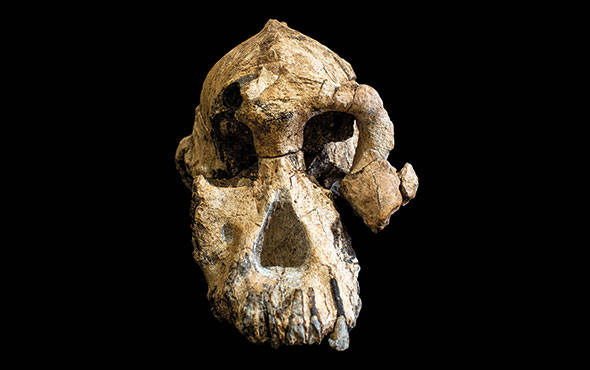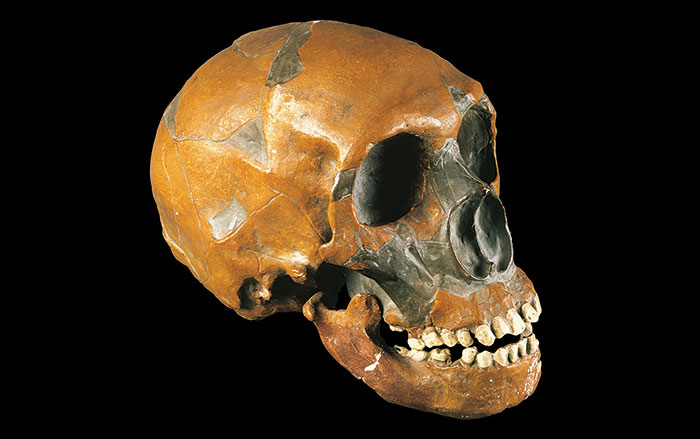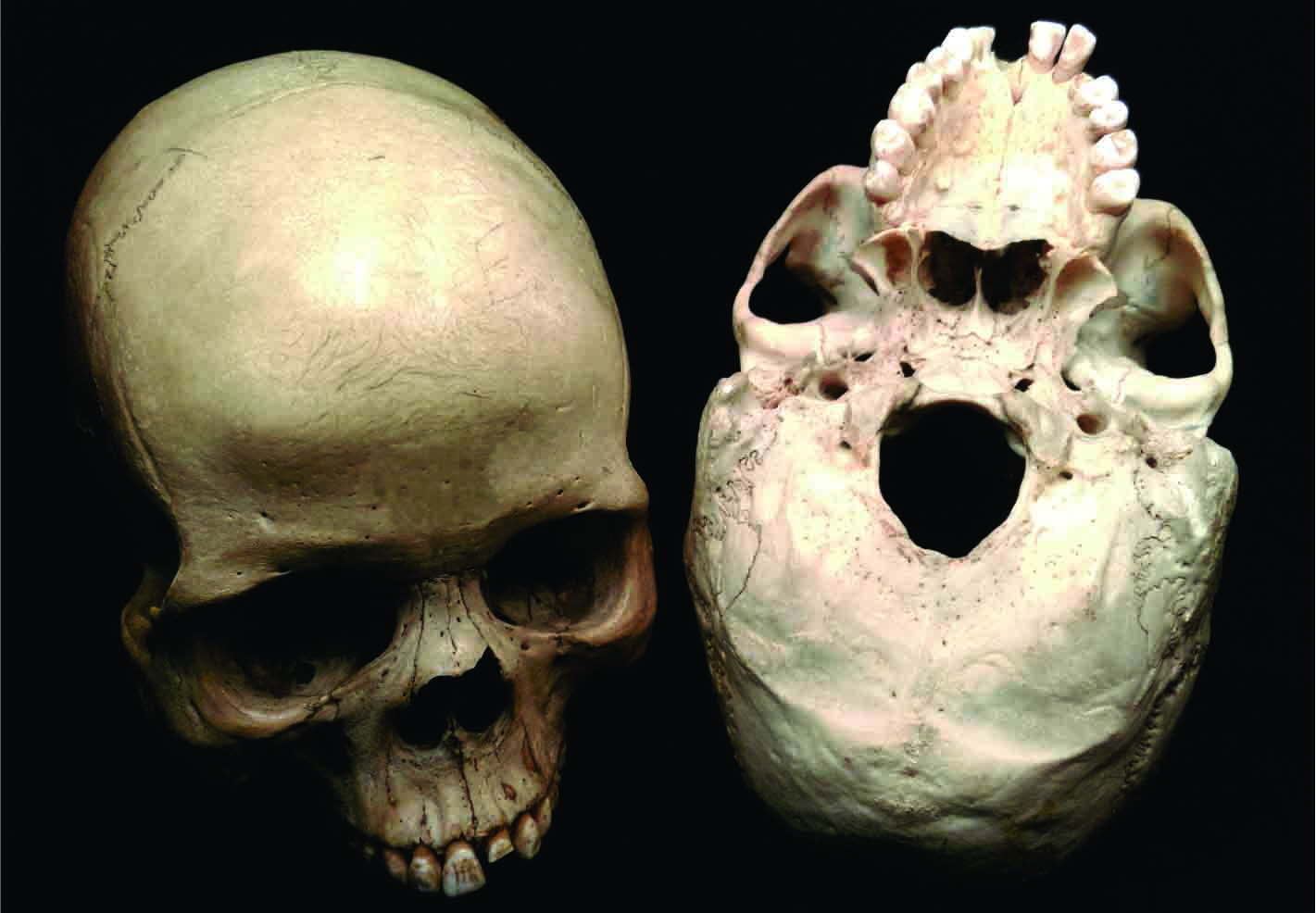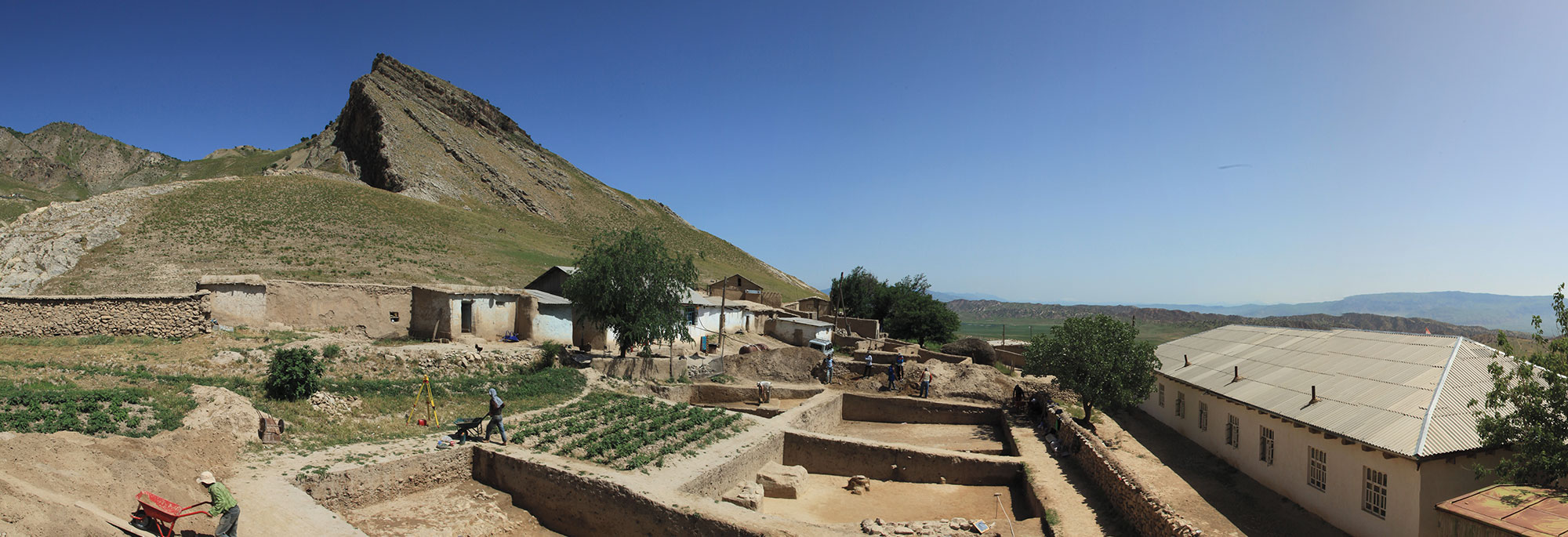LISMORE, AUSTRALIA—An international team of scientists suggests that human ancestors were periodically exposed to lead over two million years of evolution, according to a statement released by Southern Cross University. Led by Renaud Joannes-Boyau of Southern Cross University and Janaina Sena de Souza of the University of California San Diego, the researchers analyzed teeth from Australopithecus africanus, Paranthropus robustus, early Homo species, Neanderthals, and modern humans with high-precision laser-ablation geochemistry. The testing detected repeated bands of lead in the teeth, which had been formed during childhood. The scientists think that young hominins were likely to have been exposed to the toxic metal through contaminated water, soil, or volcanic activity. To test the idea that this exposure might have influenced the development of hominin brains, the scientists used human brain organoids, which are miniature model brains grown in the lab, to test the effect of lead on NOVA1, a developmental gene known to differ between modern humans and extinct hominids, and to be affected by exposure to lead. When organoids carrying the extinct NOVA1 variant were exposed to lead, development of regions of the brain critical for speech and language were disrupted. Yet organoids carrying the modern human version of NOVA1 were not affected as severely. “These results suggest that our NOVA1 variant may have offered protection against the harmful neurological effects of lead,” said team member Alysson Muotri of the University of California San Diego, perhaps resulting in an evolutionary advantage for modern humans. Read the researchers' scholarly paper in Science Advances. To read about research into Neanderthal brain development, go to "Neanderthal Brain Strain."
Lead Exposure May Have Influenced Human Evolution
News October 20, 2025
Recommended Articles
Artifacts November/December 2019
Australopithecus anamensis Cranium

Top 10 Discoveries of the Decade January/February 2021
Neanderthal Genome
Vindija Cave, Croatia, 2010

Features September/October 2017
The Heights We Go To
The links among extreme environments, genetics, and the human ability to adapt

Digs & Discoveries January/February 2017
Hungry Minds

-
Features September/October 2025
Spirit Cave Connection
The world’s oldest mummified person is the ancestor of Nevada’s Northern Paiute people
 Howard Goldbaum/allaroundnevada.com
Howard Goldbaum/allaroundnevada.com -
Features September/October 2025
Here Comes the Sun
On a small Danish island 5,000 years ago, farmers crafted tokens to bring the sun out of the shadows
 Courtesy the National Museum of Denmark
Courtesy the National Museum of Denmark -
Features September/October 2025
Myth of the Golden Dragon
Eclectic artifacts from tombs in northeastern China tell the story of a little-known dynasty
 Photograph courtesy Liaoning Provincial Museum, Liaoning Provincial Institute of Cultural Relics and Archaeology, and Chaoyang County Museum
Photograph courtesy Liaoning Provincial Museum, Liaoning Provincial Institute of Cultural Relics and Archaeology, and Chaoyang County Museum -
Features September/October 2025
Remote Sanctuary at the Crossroads of Empire
Ancient Bactrians invented distinct ways to worship their gods 2,300 years ago in Tajikistan
 Gunvor Lindström/Excavations supported by the German Research Foundation
Gunvor Lindström/Excavations supported by the German Research Foundation



